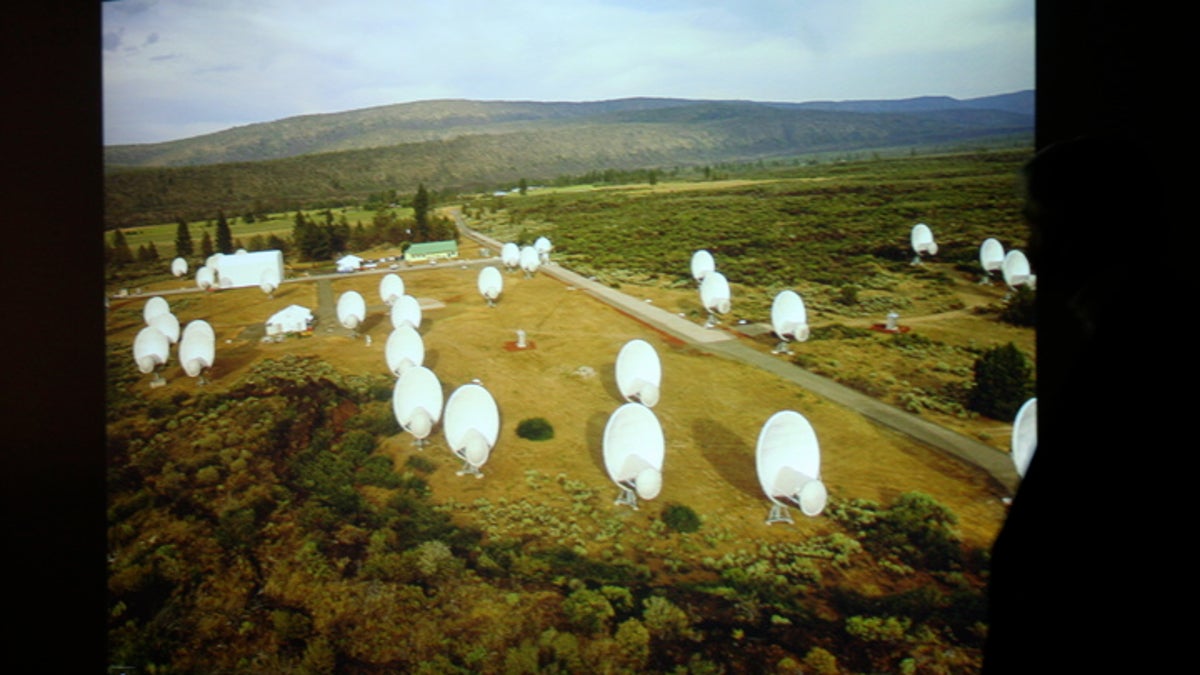Contact with extraterrestrial life by 2025?
At a talk on the topic of what it will take to find extraterrestrial life, a senior SETI astronomer predicts it could happen within two dozen years.

SAN FRANCISCO--If you're one of the many people who doubt there's intelligent life anywhere else in the universe, or even someone who thinks there is but that it will take centuries to find it, get ready to be surprised.
"We'll find E.T. within two dozen years," senior SETI astronomer Seth Shostak said Tuesday night at an event held at Yahoo's Brickhouse here.
That is, he said, if the assumptions of many researchers within the SETI Institute are correct, assumptions that are based on a collision of computing power under Moore's Law and the distance into space we can look with new instruments that will be available to researchers in the years to come.
Shostak's talk was largely theoretical and was a quick recap of the history of the SETI project. He explained that it had originally been a NASA project, but that it had been canceled in the 1990s by a Nevada senator unhappy with its lack of success.
Now a private nonprofit based in Mountain View, Calif., SETI is the primary organization looking for intelligent life in outer space.
And Shostak estimated that if the assumptions about computing power and the strength of forthcoming research instruments are correct, we should be able to search as far out as 500 light years into space by 2025, a distance he predicted would be enough--based on scientist Frank Drake's estimate of there being 10,000 civilizations in our galaxy alone capable of creating radio transmitters--to find evidence of life intelligent enough to broadcast its existence.
The main tool for this research, he added, could be the Allen Telescope Array, a project funded by Microsoft co-founder Paul Allen and run by the UC Berkeley radio astronomy lab (RAL) and SETI. The array, made from dozens of small antennas, could become strong enough by 2025, Shostek said, to look deep enough into space to achieve what mankind has been attempting almost as long as we've been curious enough to look into the sky.

